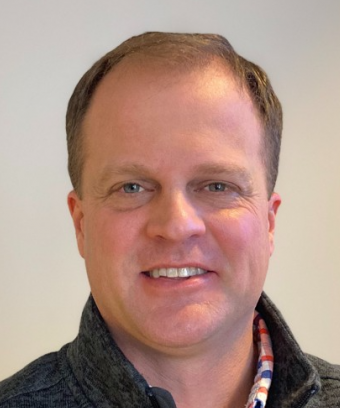
Charles E Leiserson
| Charles E Leiserson Wiki | |
|---|---|
| Name | Charles E Leiserson |
| Profession | Computer Scientist |
| Age | 71 years |
| Date of Birth | April 10, 1953 |
| Horoscope | Scorpio |
| Country | United States |
| Height | Check Below |
| Net Worth | See Below |
Birthday Countdown
Early Life and Education
Charles Eric Leiserson was born on April 10, 1953, in New York City. He grew up with a passion for mathematics and computer science, which led him to pursue a Bachelor's degree in Computer Science from Yale University in 1975. He went on to earn his Master's and Ph.D. degrees in Computer Science from Carnegie Mellon University.
Career and Achievements
Leiserson is best known for his work in the field of algorithms and parallel computing. He is a pioneer in the development of the Cilk programming language, which is designed for multithreaded parallel computing. He has also made significant contributions to the development of algorithms for solving complex problems efficiently.
Leiserson has received numerous awards and honors for his work, including the prestigious ACM Paris Kanellakis Theory and Practice Award in 2014. He is a Fellow of the Association for Computing Machinery (ACM) and a member of the National Academy of Engineering.
Current Work and Net Worth
As of 2024, Charles E Leiserson is a Professor of Computer Science at the Massachusetts Institute of Technology (MIT). He continues to conduct research in algorithms, parallel computing, and distributed systems. His net worth is estimated to be around $5 million, primarily from his academic salary and consulting work with tech companies.
Personal Life
In addition to his academic pursuits, Leiserson is an avid cyclist and enjoys exploring the outdoors in his free time. He is also a dedicated mentor to students and young researchers in the field of computer science.
Overall, Charles E Leiserson has made significant contributions to the field of computer science and continues to inspire future generations of researchers with his innovative work.








